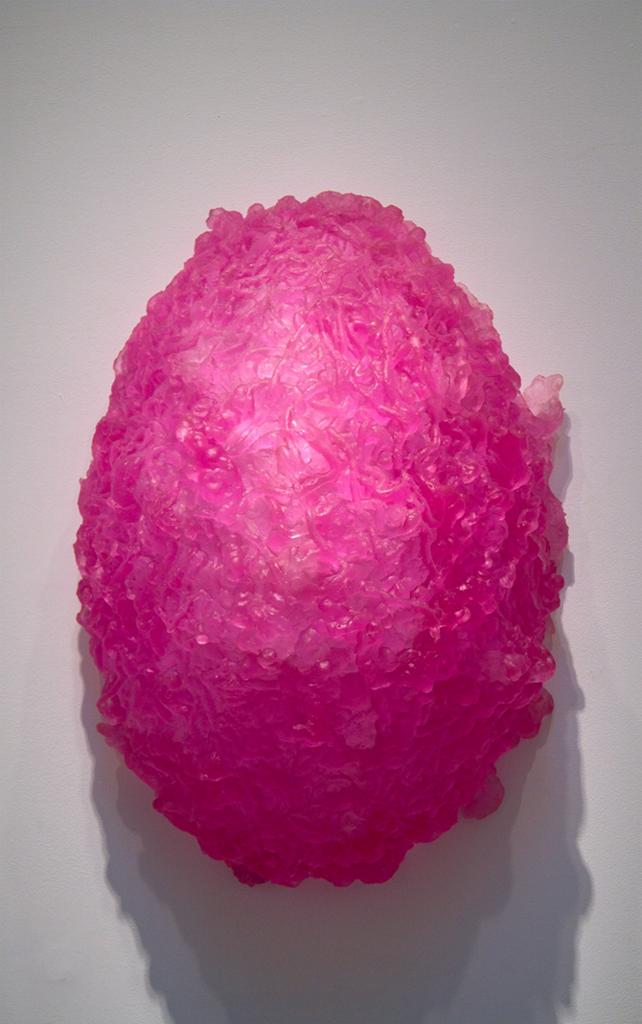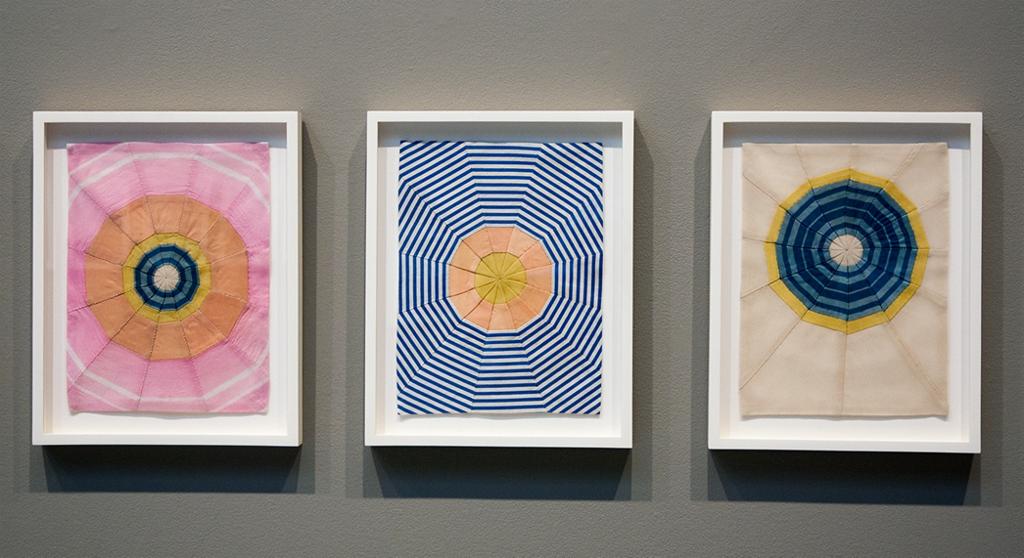
The Larry Qualls Archive of Contemporary Art surveys almost three decades of work exhibited in the New York area from 1988-2012. In this post, we consider the personalities and forces that dominated the art world in the 2000s. See also the 1980s and the 1990s.
The beginning of the 21st century was an especially auspicious time for the global arts community. While New York retained its place as a cultural capital, its standing in the world seemed buffeted by larger forces.
Technology was a major influence, inspiring artists in new forms of expression. Vito Acconci, known for performance pieces, turned to design, architecture, and installation; multimedia artist Bruce Nauman pushed his work further into the digital realm. Interdisciplinary artists who expand on the format such as Shimon Attie and Coco Fusco find it is not without risk. Matthew Barney’s exploration of myth and sexuality in “The Cremaster Cycle” set off the critics. The Guardian lauded it as “one of the most imaginative and brilliant achievements in the history of avant-garde cinema,”[1] while the Village Voice film critic panned it and quipped that the final section “gives ridiculous a bad name.”[2]
As the internet expanded, the world grew smaller. Many of New York’s biggest shows highlighted international artists. Yayoi Kusama filled the Whitney Museum with interactive experiences (and her signature polka dots) before wowing visitors to David Zwirner with her “Infinity Mirrored Room.” Chinese dissident Ai Weiwei uses art as activism; after his government finally allowed him to travel in 2015, he opened four shows in New York, all focused on the refugee crisis. One of the most unusual exhibitions was Maurizio Cattelan’s “All” at the Guggenheim Museum. The idiosyncratic artist, who was said to view “the idea of a conventional museum retrospective of his work with something akin to horror,”[3] decided to dangle his collected work from the museum’s ceiling. Perhaps he was inspired by Cai Guo-Qiang’s 2008 retrospective, in which seven sedans pierced with flashing neon rods were hung from the Guggenheim’s upper levels. Cai surrounded them with gunpowder drawings and striking installations that The New Yorker called “strenuously theatrical and weirdly political.”[4]
Spectacle seemed to be everywhere. Jeff Koons, never one to shy from publicity, installed a 40-foot high sculpture of a terrier in midtown, “Puppy,” that created a sensation. Formed from 70,000 flowers and 23 tons of soil, critic Jerry Saltz saw it as the antithesis of Richard Serra’s “Tilted Arc,” symbolizing happier, if contradictory, times. He hailed the work as Koons’ “glorious phantasmagorical masterpiece”[5]
This development in public art was not limited to Koons. While tourists still posed with Robert Indiana’s “LOVE” installation or next to Arturo Di Modica’s “Charging Bull” of Wall Street, new street art was mushrooming. In 2011, Will Ryman’s giant “Roses” gave Park Avenue an Alice-in-Wonderland feel. “The Gates” by Christo and Jeanne-Claude ran the length of Central Park and attracted thousands, despite the wintry weather. Anish Kapoor’s “Sky Mirror” (2006) stunned visitors to Rockefeller Center; the stainless steel dish soared three stories high, reflecting the sky and streetscape around it.
Impressive in a different sense was “WACK!: Art and the Feminist Revolution,”the first such retrospective of feminism in art when it opened at contemporary art museum PS1. Although women have been prominent in New York’s art scene, the 2008 opening was considered groundbreaking with more than 120 artists from 21 countries and various mediums. It showcased pioneers like Judy Chicago, and Lynda Benglis, iconoclasts Yoko Ono and Cindy Sherman, and major influences such as Louise Bourgeois and Faith Ringgold. Similarly, the Guerrilla Girls recently celebrated 30 years of activism. They had originally made their mark in 1985, after a major retrospective at MoMA of nearly 170 artists famously included only 13 women. When the curator stated that any artist who wasn’t in the show should rethink his career, the group was formed – and protested. Their touring show highlights their wit in such iconic posters as, “Do women have to be naked to get into the Met. Museum?”
Despite the new movements shaping the 21st century, New York’s art scene seemed to shrink. In 2012, a public forum asked, “Is New York still the cultural capital of America, let alone the world?”[6] Participants saw rising rents, the internet, and globalization impacting the city’s standing. Art events multiplied around the world as cities competed for collectors; the critic Holland Cotter observed, “Art fairs grew on top of art fairs.”[7]
Other world events were more profound. Years after the terror attacks of 2001, New York is still rebuilding. In 2012, the city faced a different aggressor: Hurricane Sandy. Chelsea had been a haven for galleries before it flooded. “For most dealers, even the most cautious, Sandy was a great and unpleasant surprise, even a heartbreaking one.”[8] Some galleries–and artists–were ruined; many moved out. With the expansion of the MoMA building, the move to larger spaces of museums like the Whitney and the New Museum, and the creation of a contemporary art space for the Metropolitan Museum, one fact seems certain: as it’s done so often before, New York will recreate itself again.
– Lee Caron, Sr. Content & Outreach Specialist







